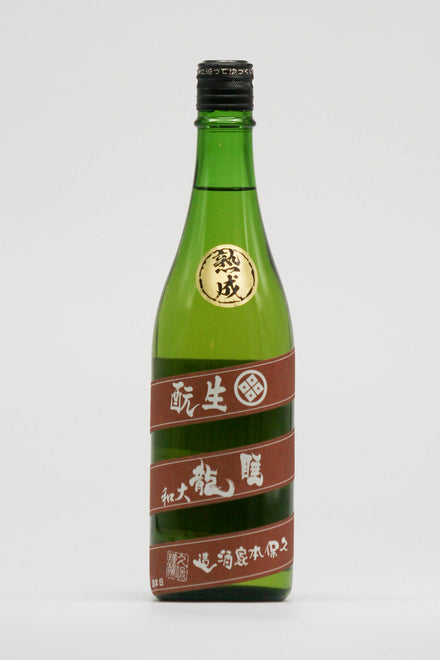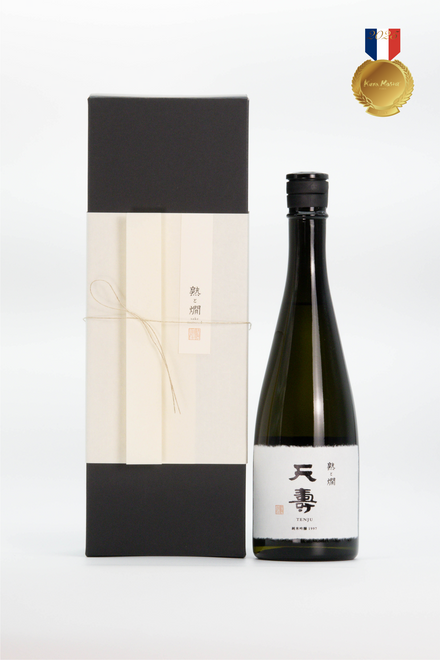


An Assemblage long-matured sake combining elegance, depth, and complexity.
Tatsuriki Genmyo Premium Over 20 years
| Vintage | - |
| Years aged | over 20 years |
- 10 years or more
- 10,000 – 49,999yen
- All Products
- Golden yellow
- Non-vintage
- Throughout the meal
- Brewer:Honda store
- Alcohol:15 degrees
- Volume:720ml
Couldn't load pickup availability
[ Drinking alcohol under the age of 20 is prohibited by law. ]
This matured sake is a blend of sake that has been matured for over 20 years and has elegance, depth, and complexity.
We named it Premium to reflect our desire to create a flagship in the Genmyo series, which is a blend of long-matured sake.
This is a great sake to pair with meat dishes.
- about
-
Type Assemblage Rice polishing ratio - Yeast type - Ingredients/raw materials Rice (domestic), Koji rice (domestic) Rice type - Origin of rice - Toji(Brew Master) Masayuki Teratani / Shinji Nakamura Assemblage Yes (mixed with several types of alcohol that have been aged for over 20 years)
- Recommended occasions/temperature
-
- How to store
-
- Delivery dates and charges
-
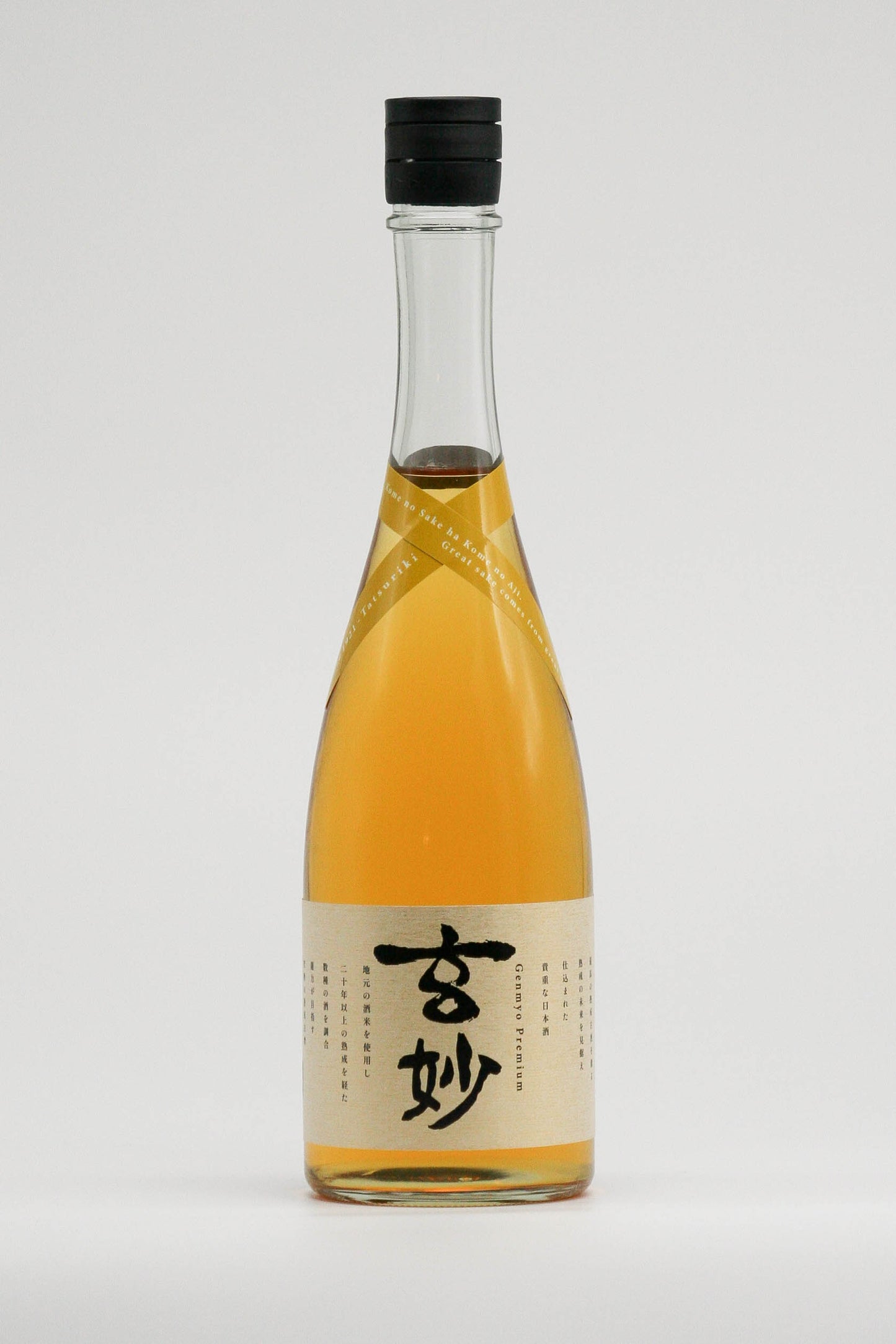
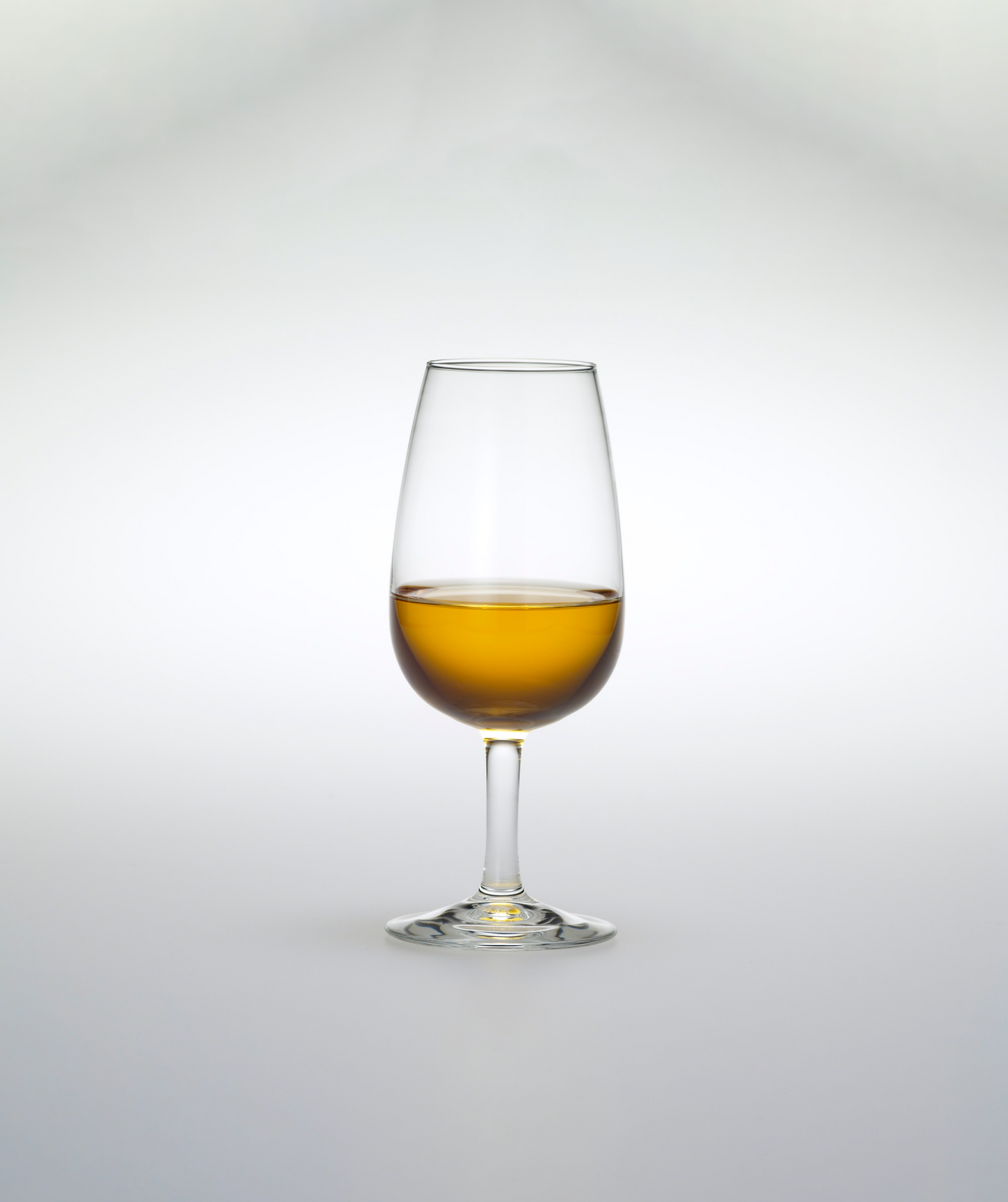
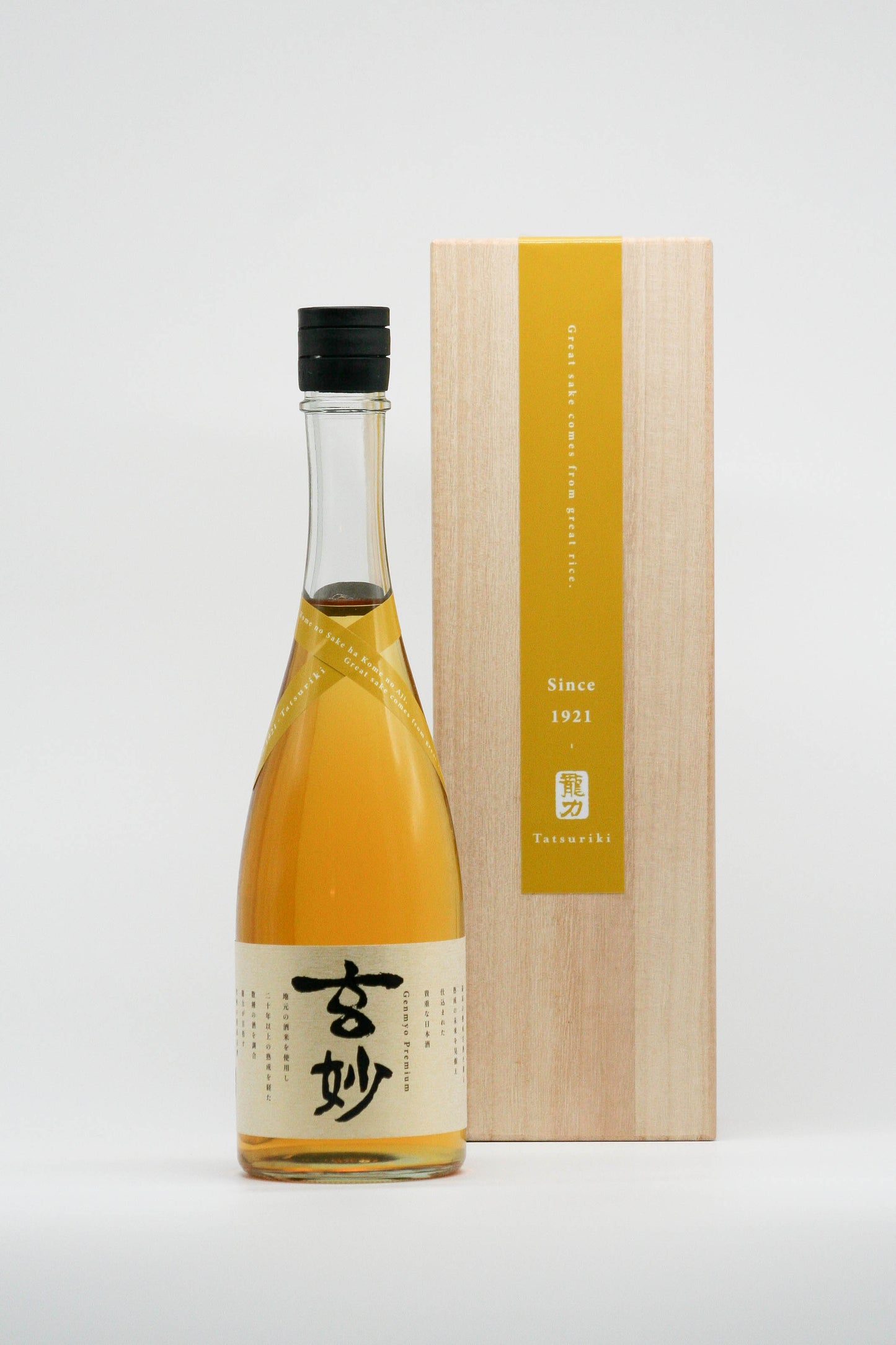
Tasting comments
-
Nobuhiro Ueno
(Juku to Kan Bar Master / Permanent Director of the Toki Sake Association)The bright yellow color gives it an unimaginable sense of transparency and a gentle scent reminiscent of white flowers. It also has a faint cinnamon-like scent.
A very beautiful sake that in a good way betrays the flavor expectation that its color might give.
You can feel the matured aroma of ginjo, so it seems like an assemblage of beautiful ginjo-type sake.
It's also well balanced. This is a wonder of an assemblage.
By carefully filtering the sake, the brewery has crafted a sake that is very easy to pair with food. I especially want to layer it with delicate dishes.
Brewer


Honda store
Since our founding in 1921, our belief has been: "Rice sake tastes like rice." Good sake comes from good rice.
All of the Yamada Nishiki used in the brewery is from Hyogo Prefecture Special Area A, which is said to be of the highest quality.
Furthermore, we carry out exclusive contract cultivation with farmers with good soil conditions, and advocate Yamada Nishiki terroir, which pursues soil characteristics. And just like high-quality wine, Japanese sake has a culture of aging. Creating the future of sake aging. Everything is for the ``joy of being happy.''
Honda Shoten has been working on this since 1980, when there was no concept of aging. What kind of alcohol is suitable for aging sake? In addition, while searching for the best aging method, we have tried various aging methods such as room temperature aging, low temperature aging at ice temperature, aging in barrels, room temperature to low temperature, and low temperature to room temperature. Ta. Currently, we are advocating a blend of aged sake. From now on, we will investigate whether there is a peak flavor in Japanese sake.

